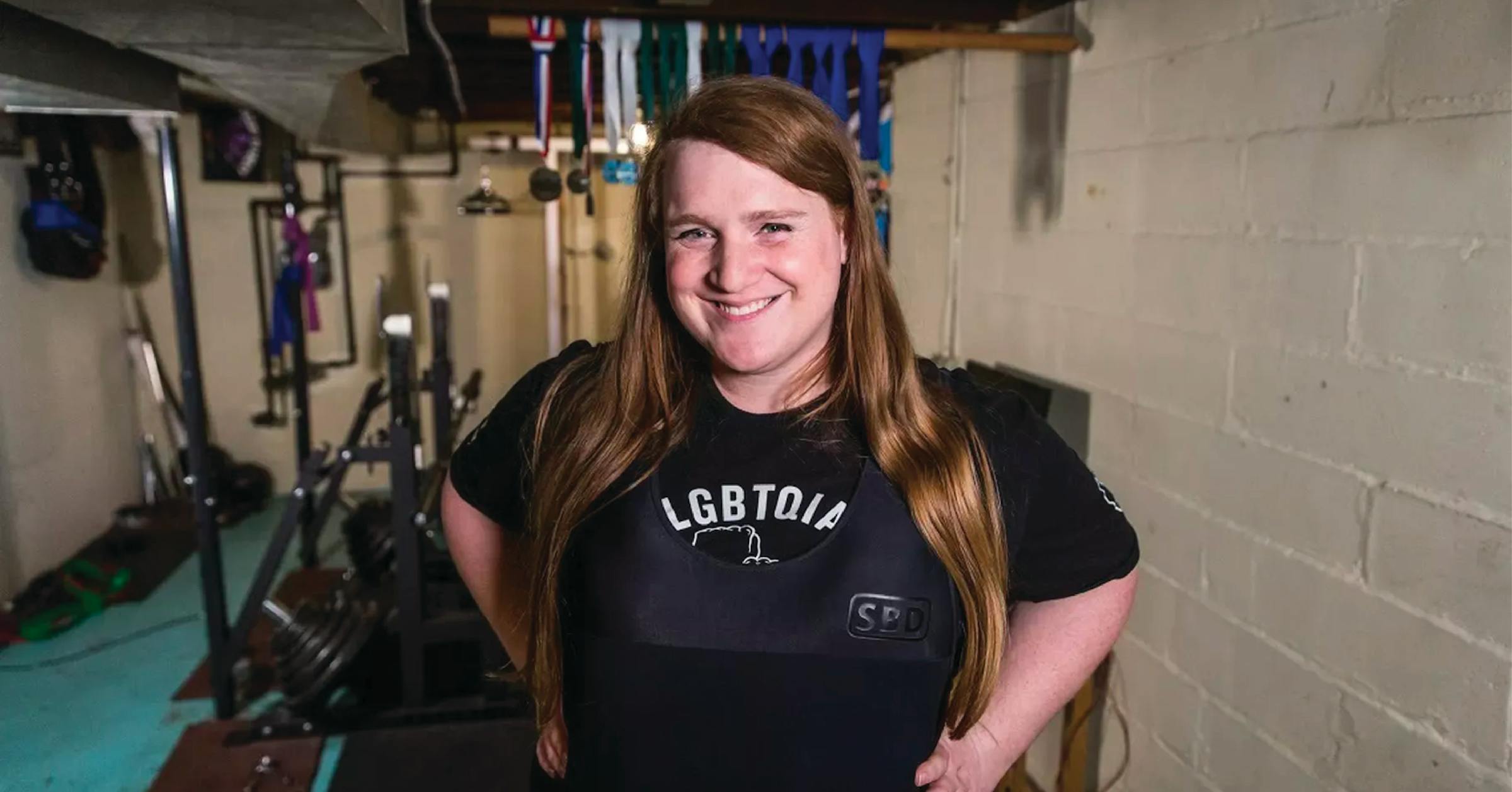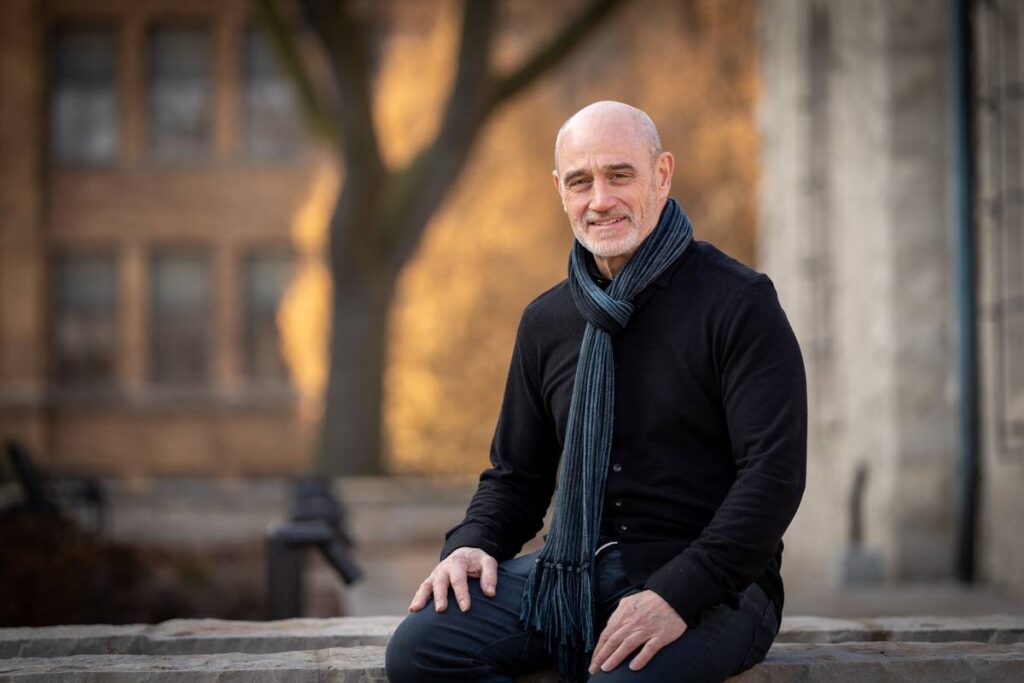Report on a Community-Based Initiative to Combat Ageism in Alignment with Sustainable Development Goals
Introduction
This report analyzes the “Timeless Newtown: Embracing Every Generation” program, a community-wide initiative in Newtown, Connecticut, designed to combat age-based discrimination. The initiative, centered on the book “Ageism Unmasked: Exploring Age Bias and How to End It” by Dr. Tracey Gendron, serves as a practical model for advancing several United Nations Sustainable Development Goals (SDGs), particularly SDG 10 (Reduced Inequalities) and SDG 11 (Sustainable Cities and Communities).
Advancing SDG 10: Reduced Inequalities Through Local Action
The “Timeless Newtown” Initiative
Organized by the community group Friends of Newtown Seniors, the initiative directly addresses the inequality of ageism. Its core objective is to dismantle negative stereotypes associated with aging, promoting social inclusion for all age groups.
- The program was inspired by Dr. Gendron’s book, which explores the systemic nature of age bias.
- In a significant multi-stakeholder partnership (SDG 17), the organization collaborated with Newtown officials to distribute 1,000 copies of the book via local libraries, fostering a town-wide dialogue.
- The initiative culminated in a visit by Dr. Gendron for a series of public engagements, reinforcing the community’s commitment to age inclusivity.
Institutional Commitment to Inclusivity (SDG 16)
The program received official endorsement, demonstrating a commitment to building strong and inclusive local institutions. A proclamation signed by the governor affirmed the town’s dedication to addressing ageism, establishing this initiative as a best practice for municipal governance in promoting equality.
Key Findings and Linkages to Global Goals
Promoting Health, Well-being, and Inclusive Communities (SDG 3 & SDG 11)
Dr. Gendron’s presentation highlighted several themes critical to building age-friendly communities and ensuring healthy lives and well-being for all ages. These themes challenge societal norms that contribute to inequality and social exclusion.
- Reframing Aging Positively: The importance of embracing one’s age was emphasized as a method to shift discussions from a narrative of decline to one of growth and value, directly supporting mental well-being (SDG 3).
- Challenging Generational Labels: The use of labels like “baby boomers” or “Gen X” was identified as a form of ageism that perpetuates stereotypes and inequality, undermining the principle of leaving no one behind (SDG 10).
- Critiquing Anti-Aging Industries: The report notes the role of the anti-aging market in reinforcing the stigma of physical aging, which can negatively impact self-worth and mental health (SDG 3).
- Acknowledging “Elderhood”: The value of recognizing “elderhood” as a distinct and meaningful stage of life contributes to a more inclusive life-course perspective within communities (SDG 11).
Addressing Economic and Social Exclusion (SDG 8 & SDG 10)
The initiative sheds light on the connection between work, identity, and value in society, a critical issue for ensuring decent work and economic inclusion for older persons.
- A key challenge identified is the loss of value and identity experienced by individuals post-retirement, as self-worth is often tied to professional contributions.
- This sense of being “untethered” highlights a form of social exclusion that directly contravenes the goals of reducing inequalities and promoting inclusive societies.
The Role of Academia in Achieving the SDGs
Age-Friendly University Framework
The report acknowledges the role of academic institutions like Virginia Commonwealth University (VCU), where Dr. Gendron is chair of the Department of Gerontology. VCU’s designation as an Age-Friendly University signifies an institutional commitment to creating inclusive educational environments for all ages, aligning with SDG 4 (Quality Education) and SDG 11.
Ongoing Research and Dissemination
Dr. Gendron’s research and public engagement, including her widely viewed TEDx Talk, exemplify how academic expertise can be leveraged to raise awareness and drive community-level action towards achieving the SDGs. The Department of Gerontology’s focus on disrupting ageism provides a valuable resource for other communities seeking to replicate the Newtown model.
Conclusion: A Replicable Model for Sustainable Development
The “Timeless Newtown” program is a powerful case study in grassroots action for the Sustainable Development Goals. By fostering a multi-stakeholder partnership (SDG 17) between community organizations, academia, and local government, the town has created a replicable and scalable model for addressing age-based inequality (SDG 10), promoting well-being (SDG 3), and building more inclusive and sustainable communities (SDG 11).
Analysis of the Article in Relation to Sustainable Development Goals
1. Which SDGs are addressed or connected to the issues highlighted in the article?
-
SDG 3: Good Health and Well-being
The article connects to SDG 3 by addressing the mental and social well-being of older adults. It highlights the negative impact of ageism on self-worth, especially after retirement, and promotes a positive reframing of aging. Dr. Gendron’s theme of “embracing your age” and recognizing aging as a “process of simultaneous decline and growth” directly supports the goal of promoting well-being for all ages.
-
SDG 4: Quality Education
The article emphasizes education as a tool to combat ageism. The “Timeless Newtown” initiative, which involves a town-wide read of the book “Ageism Unmasked,” is a form of community education. Furthermore, the mention of VCU’s master’s degree program in gerontology and its designation as an “Age-Friendly University” points to the role of higher education in promoting lifelong learning and creating inclusive environments.
-
SDG 10: Reduced Inequalities
This is the most central SDG in the article. Ageism is explicitly defined as a form of bias and inequality. The entire initiative described, “Timeless Newtown: Embracing Every Generation,” is a direct effort to reduce inequality based on age. The article discusses challenging “negative stereotypes about aging” and generational labels, which are forms of discrimination that lead to social exclusion.
-
SDG 11: Sustainable Cities and Communities
The article showcases a community-led initiative to make a town more inclusive and age-friendly. The “Timeless Newtown” program, supported by local officials and a governor’s proclamation, is an example of creating an inclusive community for all generations. This aligns with the goal of making cities and human settlements inclusive and sustainable.
2. What specific targets under those SDGs can be identified based on the article’s content?
-
Target 3.4: Promote mental health and well-being
The article addresses this target by focusing on the psychological aspects of aging. Dr. Gendron’s work aims to reframe age-related discussions from “negative to positive” and challenges the stigma associated with physical signs of aging promoted by the “anti-aging market.” It also touches upon the loss of identity and value people can feel when they stop working, which is a significant mental health challenge for older adults.
-
Target 4.7: Ensure all learners acquire knowledge and skills needed to promote sustainable development, including human rights and appreciation of cultural diversity
The town-wide book club and subsequent discussion groups are practical examples of education for global citizenship and human rights, specifically the right to not be discriminated against based on age. The initiative aims to equip community members with the knowledge to understand and challenge age bias, thereby promoting a culture of inclusion and appreciation for age diversity.
-
Target 10.2: Empower and promote the social, economic and political inclusion of all, irrespective of age
The core theme of the article is fighting ageism to ensure the inclusion of older people. The “Timeless Newtown” program is a direct action to promote the social inclusion of older adults by challenging stereotypes and fostering intergenerational understanding. The goal is to change perceptions so that older people are not devalued but are seen as contributing members of society.
-
Target 10.3: Ensure equal opportunity and reduce inequalities of outcome, including by eliminating discriminatory practices
The article describes a concerted effort to eliminate the discriminatory practice of ageism. The community initiative, backed by a proclamation, is an action aimed at changing cultural norms and behaviors that perpetuate age-based discrimination. By “unmasking” age bias, the program seeks to ensure more equal opportunities for older adults to be valued and respected.
3. Are there any indicators mentioned or implied in the article that can be used to measure progress towards the identified targets?
-
Existence of community-level programs and policies against ageism
The article explicitly describes the “Timeless Newtown: Embracing Every Generation” program as a “best practice” that other towns could adopt. The existence and replication of such programs serve as a clear indicator of action being taken to combat age-based discrimination (relevant to Targets 10.2 and 10.3).
-
Official government recognition and support for anti-ageism initiatives
The article mentions that “the governor sign[ed] off on it. So, there’s a proclamation that this town is going to be addressing ageism.” This official proclamation is a measurable indicator of institutional commitment to reducing inequality (relevant to Target 10.3).
-
Number of educational materials distributed and engagement events held
The article states that 1,000 copies of the book “Ageism Unmasked” were ordered and distributed. It also mentions “subsequent events and discussion groups,” a Q&A session, and a public presentation. These quantifiable metrics can serve as indicators of the scale of educational efforts to promote inclusion and well-being (relevant to Targets 4.7 and 3.4).
-
Availability of specialized higher education programs and designations
The mention of VCU’s master’s degree in gerontology and its status as an “Age-Friendly University” are indicators of educational infrastructure dedicated to understanding and improving the lives of older adults. The number of such programs and designations can measure progress in education for an aging society (relevant to Target 4.7).
4. Summary Table of SDGs, Targets, and Indicators
| SDGs | Targets | Indicators (Implied from the Article) |
|---|---|---|
| SDG 3: Good Health and Well-being | 3.4 Promote mental health and well-being | – Initiatives promoting a positive reframing of aging. – Public discussions challenging the stigma of physical aging. |
| SDG 4: Quality Education | 4.7 Ensure all learners acquire knowledge and skills to promote human rights and appreciation of diversity | – Number of community-wide reading programs on social issues like ageism. – Number of higher education institutions with “Age-Friendly” designations. – Availability of specialized academic programs (e.g., gerontology). |
| SDG 10: Reduced Inequalities | 10.2 Promote social inclusion of all, irrespective of age
10.3 Eliminate discriminatory practices |
– Number of community-led initiatives fighting ageism. – Existence of official government proclamations against age-based discrimination. – Number of public engagement events (seminars, Q&As) held to address ageism. |
| SDG 11: Sustainable Cities and Communities | (Related to creating inclusive communities) | – Number of towns/cities adopting programs to become more “age-friendly” or “embracing every generation.” |
Source: news.vcu.edu







